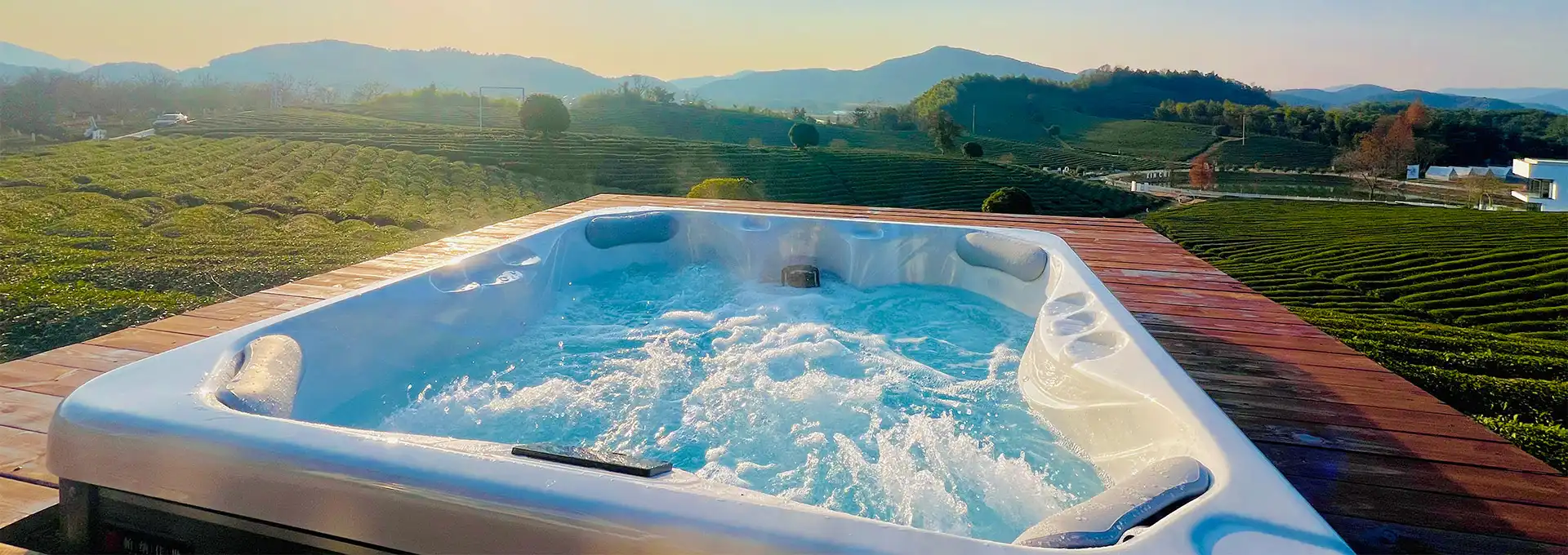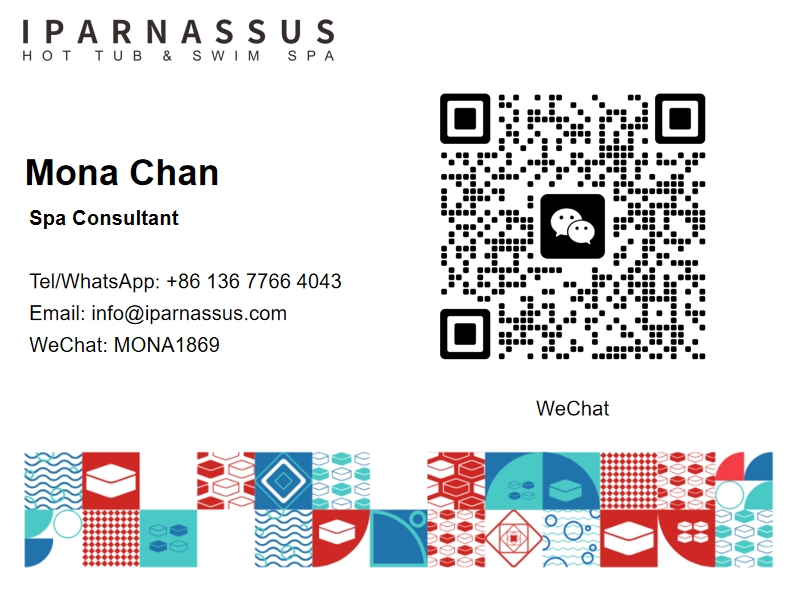How Does Cold Plunge Therapy Boost Recovery?
2025-07-19 21:01:35
Cold plunge therapy has emerged as one of the most compelling recovery methods in modern wellness and athletic performance. This practice involves deliberately immersing your body in cold water, typically between 50-59°F, for short periods ranging from two to ten minutes. Research indicates that icy water may have a positive effect on recovery after exercise by reducing inflammation and soreness, while also helping build resiliency and restore balance to the nervous system. As professional athletes, fitness enthusiasts, and wellness seekers embrace this ancient practice, the scientific community continues to uncover the remarkable mechanisms by which cold exposure accelerates recovery, enhances performance, and promotes overall well-being. Understanding how cold plunge therapy works at the cellular level reveals why this seemingly uncomfortable practice has become an essential tool for optimizing recovery across diverse populations.
How Does Cold Plunge Reduce Inflammation and Muscle Soreness?
The anti-inflammatory effects of cold plunge therapy represent one of its most scientifically validated benefits for recovery enhancement. When you immerse your body in cold water, a recent study showed that cold plunges are effective in reducing inflammation and delayed onset muscle soreness (DOMS), with biomarkers for muscle tissue damage also showing improvement. The physiological mechanism behind this benefit involves vasoconstriction followed by vasodilation, creating a pumping effect that helps flush metabolic waste products from tissues while delivering fresh oxygen and nutrients to recovering muscles.
The cold exposure triggers a cascade of beneficial responses that directly target inflammation at the cellular level. Cold exposure lowers inflammatory markers such as IL-6 and CRP while decreasing muscle soreness post-exercise. This reduction in inflammatory markers occurs because cold water immersion activates the body's natural anti-inflammatory pathways, helping to minimize the excessive inflammation that can impede recovery. The practice essentially hijacks your body's adaptive response mechanisms, forcing tissues to become more resilient and efficient at managing inflammatory processes.
Beyond immediate inflammation reduction, cold plunge therapy provides lasting benefits for muscle recovery and performance restoration. Individuals who engaged in cold plunge therapy had improved scores of "perceived recovery," a measure that indicates how ready you feel for another bout of exercise. This enhanced recovery perception correlates with actual physiological improvements, as the cold-induced reduction in muscle damage markers allows athletes to maintain higher training volumes and intensities. The combination of reduced inflammation, decreased muscle damage, and improved subjective recovery feelings creates an optimal environment for consistent performance gains and reduced injury risk.
What Are the Optimal Temperature and Duration for Cold Plunge Recovery?
Determining the ideal cold plunge protocol requires understanding the delicate balance between stimulus intensity and safety considerations. The key is to aim for a temperature that evokes the thought, "This is really cold (!), and I want to get out, BUT I can safely stay in," with some people tolerating 60°F while others can handle 45°F. The fundamental principle governing effective cold plunge therapy suggests that colder temperatures require shorter exposure times to achieve the same beneficial effects, making personalization crucial for optimal results.
Temperature selection should align with individual tolerance levels and specific recovery goals. The standard temperature is 50-59 degrees F for at least 5-10 minutes, although high performance athletes may use colder temperatures between 42-50 degrees F with a duration of 3-6 minutes. Beginners should start conservatively, gradually building tolerance through progressive exposure. The body's adaptation to cold stress occurs relatively quickly, with most individuals experiencing improved tolerance within two to three weeks of consistent practice. This adaptation allows for more aggressive protocols over time, potentially enhancing the recovery benefits as the body becomes more efficient at responding to cold-induced stress.
The relationship between duration and temperature follows an inverse correlation that maximizes therapeutic benefits while minimizing risks. The colder the stimulus, the shorter amount of time you need to expose yourself to the cold, with one study showing significant and prolonged increases in dopamine when people were in 60°F water for about an hour. However, practical applications rarely require such extended exposure times. Most recovery-focused protocols achieve maximum benefits within 3-10 minutes, depending on water temperature and individual goals. The key lies in finding the sweet spot where the cold stress is sufficient to trigger adaptive responses without overwhelming the body's capacity to manage the stressor effectively.
Can Cold Plunge Improve Mental Resilience and Stress Management?
The psychological benefits of cold plunge therapy extend far beyond physical recovery, offering profound advantages for mental resilience and stress management capabilities. One study showed that a cold plunge at 57°F caused a 250% increase in dopamine levels, and a 530% increase in noradrenaline levels that lasted for several hours. These neurochemical changes create lasting improvements in mood, motivation, alertness, and focus, while simultaneously training the nervous system to better manage stress responses in other challenging situations.
The mental resilience benefits emerge from the practice of maintaining composure under acute stress conditions. By maintaining top-down control of your reflexive urge to exit the cold environment, you will have successfully traversed psychological barriers, with the advantage of this approach carrying over to other scenarios more seamlessly. This controlled exposure to manageable stress builds confidence and emotional regulation skills that translate directly to performance under pressure in both athletic and professional contexts. The practice essentially serves as a form of stress inoculation, preparing the mind and body to respond more effectively to various stressors.
Long-term cold plunge practitioners frequently report transformative changes in their relationship with discomfort and challenge. When researchers asked cold water swimmers in the U.K. what conditions they were using it for, "the vast majority came back saying mental health," with many describing powerful, even transformative effects on their state of mind and sense of wellbeing. The practice cultivates a unique form of mental toughness that stems from voluntarily choosing discomfort and finding calm within challenging circumstances. This psychological adaptation creates a foundation for improved stress management, enhanced emotional regulation, and increased confidence in facing difficult situations both in and out of athletic performance contexts.
Conclusion
Cold plunge therapy represents a scientifically-backed approach to enhancing recovery through multiple physiological and psychological mechanisms. The practice effectively reduces inflammation, accelerates muscle recovery, and builds mental resilience while requiring only minutes of daily commitment. When implemented with proper protocols and safety considerations, cold plunge therapy becomes a powerful tool for optimizing performance and well-being across diverse populations seeking enhanced recovery outcomes.
Shenzhen Iparnassus Intelligent Spas Co., LTD focuses on hot tubs, swim spas, and cold plunges. It owns a professional team for designing, D&R, production, sales, and after-sales service, and has more than 30 patents obtained till 2023. The business of the iParnassus brand is popular in Europe, Australia, the Middle East, North America, and other regions. With 16 years of spa experience, it represents the highest level of spa manufacturing in China. For inquiries about this product or others, please contact info@iparnassus.com for dedicated service.
References
1. Machado, A.F., et al. (2016). Can water temperature and immersion time influence the effect of cold water immersion on muscle soreness? A systematic review and meta-analysis. Sports Medicine, 46(4), 503-514.
2. Bleakley, C., McDonough, S., Gardner, E., Baxter, G.D., Hopkins, J.T., & Davison, G.W. (2012). Cold-water immersion (cryotherapy) for preventing and treating muscle soreness after exercise. Cochrane Database of Systematic Reviews, 2, CD008262.
3. Pournot, H., Bieuzen, F., Duffield, R., Lepretre, P.M., Cozzolino, C., & Hausswirth, C. (2011). Short term effects of various water immersions on recovery from exhaustive intermittent exercise. European Journal of Applied Physiology, 111(7), 1287-1295.
4. Willcock, I.M., Cronin, J.B., & Hing, W.A. (2006). Physiological response to water immersion: A method for sport recovery? Sports Medicine, 36(9), 747-765.
5. Costello, J.T., Baker, P.R., Minett, G.M., Bieuzen, F., Stewart, I.B., & Bleakley, C. (2015). Whole-body cryotherapy (extreme cold air exposure) for preventing and treating muscle soreness after exercise in adults. Cochrane Database of Systematic Reviews, 9, CD010789.
6. Shevchuk, N.A. (2008). Adapted cold shower as a potential treatment for depression. Medical Hypotheses, 70(5), 995-1001.



